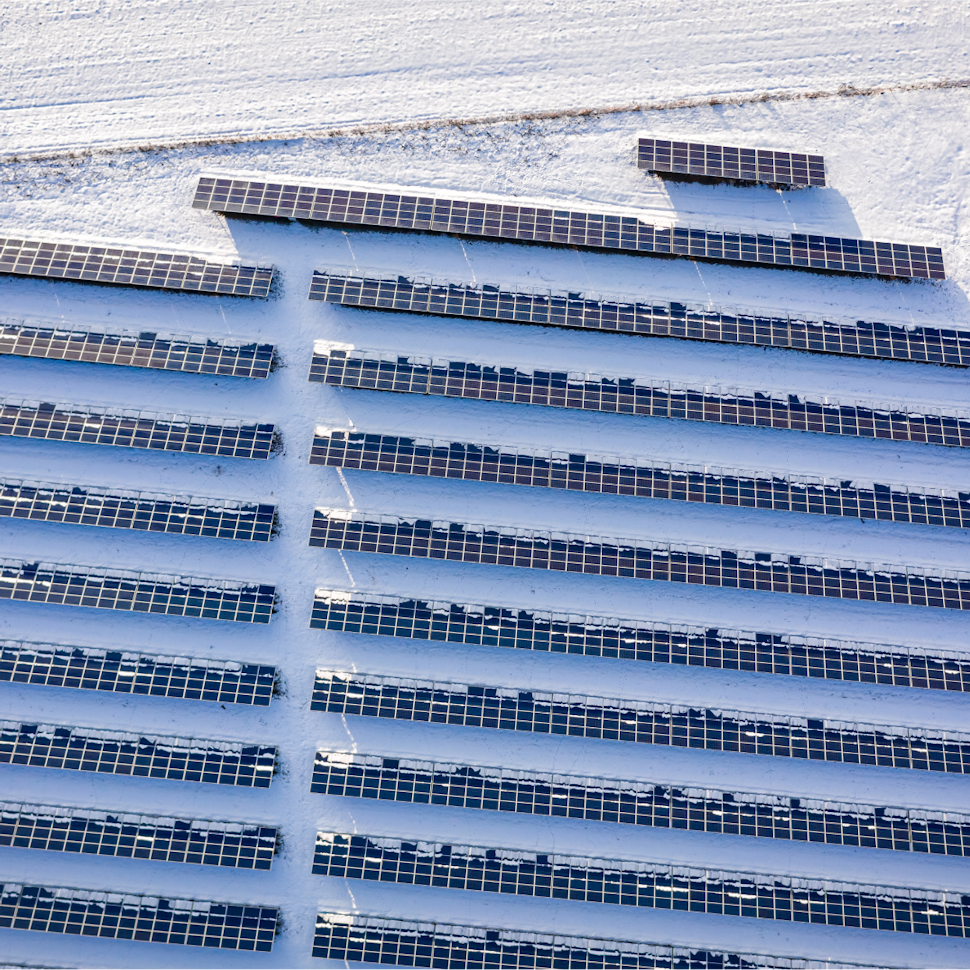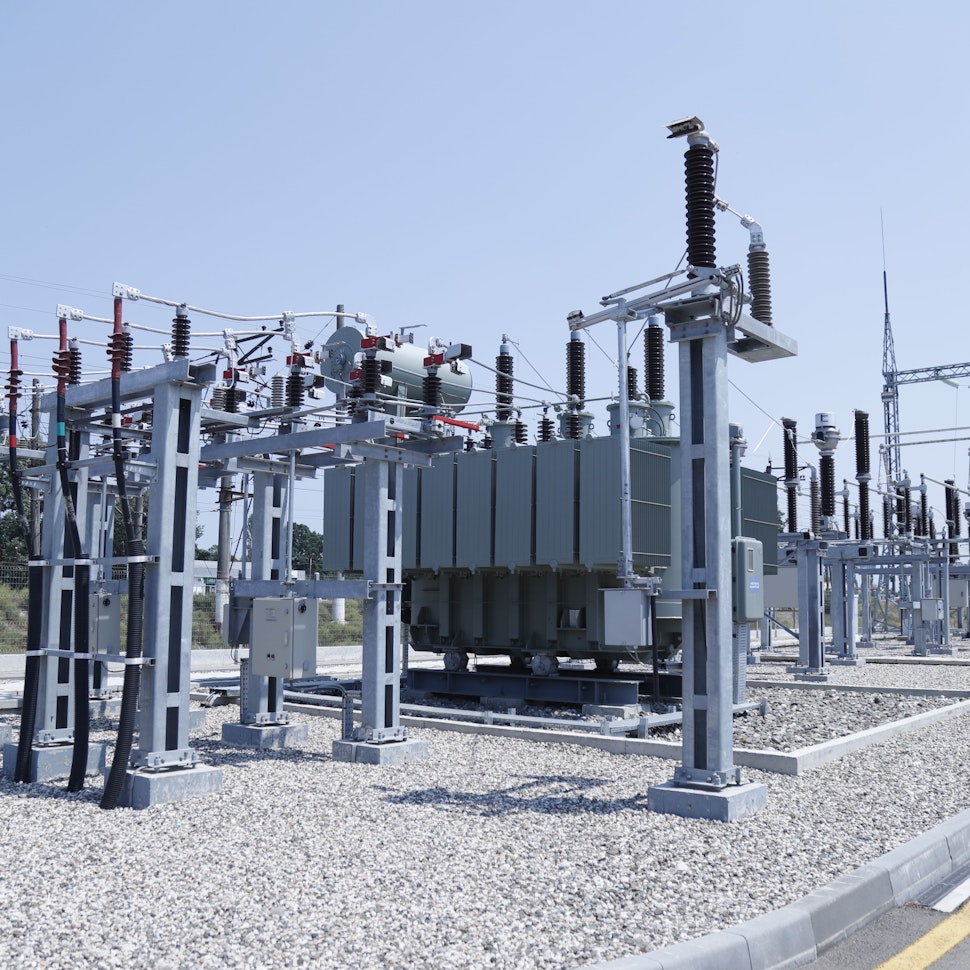What role do independent power producers (IPPs) play in the energy landscape?


Jeremy Vickerman
Senior Content Manager
Senior Content Marketing Manager at RatedPower with extensive experience in content strategy, production, and communications. Over a decade of expertise spanning marketing, recruitment consulting, and public relations across the UK and Spain, with a strong track record in driving brand visibility and audience engagement.


Gorka Arrieta
Product Owner
Gorka is an energy engineer turned Product Owner at RatedPower, and brings three years of experience in the renewable energy sector. With a fervent dedication to sustainability, he concentrates his efforts on advancing energy storage solutions that keep up with the fast developing pace of the industry. In his less than a year tenure at RatedPower, Gorka endeavors to contribute meaningfully towards a greener future.

Learn about solar IPPs, independent entities that own and operate power generation facilities and play a key role in advancing the renewable energy market.
Content
What is an independent power producer (IPP)?
Independent Power Producer (IPP) definition: An independent power producer is an entity that does not operate as a public utility but owns and operates facilities used to generate power. When IPPs produce solar energy, they can be referred to as IPP Solar or solar independent power producers. They are also referred to as non-utility generators. An independent power producer often develops projects backed by power purchase agreements (PPAs).
IPPs can be corporations, cooperatives like rural solar or wind energy producers, privately held facilities, and non-energy industrial concerns that can feed their excess energy into the system. The excess power can be bought by utilities or end users to bring passive income to the solar IPP and ensure that solar energy is not being wasted.
There are four models used for integrating IPPs into the electricity grid:
- Natural monopoly - Utilities are vertically integrated, and there is no competition between suppliers.
- Wholesale competition - Generators compete to supply power. IPPs supply power exchanges, distribution companies, and large consumers directly and have access to transmission capacity.
- Single buyer - IPPs supply a single utility with a monopoly over power generation and transmission.
- Retail competition - IPPs and distribution companies supply retail customers and power exchanges directly. IPPs have access to transmission and distribution networks. Distribution is separate from retail activity. Retail supply is open and competitive.
The role of IPPs in the energy industry
Independent power producers spawned from a need to diversify and decentralize energy production. They were able to supplement public utilities and increase competition, which helped lower consumer prices. Their role has evolved as the world’s energy needs have changed, shifting to renewable energy.
Renewable energy has become incredibly important as the world looks to manage and reduce the energy industry’s environmental impact. Corporations and governments are looking for ways to move away from fossil fuels, and solar energy is one of the most promising avenues. Solar IPPs have been valuable during the transition, allowing utility-scale energy producers to transform their operations without impacting consumers.
IPPs can drive innovation by introducing something new into the energy sector. They can invest in new technologies and clean energy sources at a smaller scale, essentially acting as test subjects for utility-scale energy companies. When a Solar IPP can successfully deploy new technologies, it encourages larger businesses to adopt them as well. This knock-on effect helps modernize the energy industry and strengthens the push towards green energy sources and efficient energy production practices.
Solar IPPs have been a vital resource for countries looking to adopt green energy but lacking the finances to invest in large-scale renewable energy plants. Solar IPPs can relieve governments of financial strain by creating the infrastructure required for solar energy to enter the grid and sell the energy at a heavily discounted rate.

Key challenges and considerations for independent power producers
Solar independent power producers can offer various benefits for companies, governments, and private consumers. However, as more solar IPPs emerge, it’s important to understand the challenges involved with the IPP model.
Lack of rate base protection
Because they operate separately from public utilities, independent power producers are not afforded the same “rate base” protection as national energy producers. The rate base is the value of a utility’s assets used to supply electricity and the basis on which it earns revenue. Public utilities are guaranteed to take in revenue above their operating costs, subject to state regulation.
IPPs are not afforded this same protection and must recover operational costs exclusively from selling their energy. If energy prices fall, a solar independent power provider may risk operating at a loss. IPPs attempt to mitigate this risk by hedging their anticipated electricity generation in the forward physical or financial power markets. This allows them to revise their capital structures in ways that are more compatible with changing market dynamics.
Short-term vs long-term fundamentals
Short-term changes in the energy market, such as seasonal demand and supply and fuel costs, can benefit IPPs. However, it is more favorable to focus on long-term drivers to ensure the business remains stable and receives a strong return on investment over the project’s entire lifespan.
Currency conversion costs
IPPs will typically receive revenue in the local currency of wherever their installation is located. This can be an issue when sourcing equipment from other countries with unfavorable exchange rates. The cost of capital also tends to be other currencies, which can potentially mean financial losses after conversion.
Regulatory changes
Regulations are rapidly changing as governments alter their scope for renewable energy. This presents a risk to solar IPPs as they do not have the same protections as national utilities. IPPs should monitor regulation changes closely to ensure the viability and profitability of their investments are not at risk.
Grid instability
IPP solar companies are at the whim of the national power grid, which can impact revenue. Inadequate grid capacity can cause operators to curtail power to balance supply and demand, reducing the amount of energy they buy from IPPs. Frequent power outages or voltage fluctuations can damage equipment, further reducing output and revenue. Grid capacity also limits the number of new projects a solar IPP can develop and affects the ability to finance new projects.
Additional challenges
Due to the lack of protection afforded to public utilities, solar independent power producers must also watch out for financial issues such as customer non-payment and rising capital costs. Financial stability is not guaranteed, meaning IPPs must be careful when selecting clients and borrowing capital.
IPPs should also be aware of how activist shareholders can affect the business. Equity ownership in IPPs by external investors can reduce the control that company management has in decision-making. Management teams can be obligated to meet demand from activist shareholders to cut costs, which will affect cash flow and investment plans.

Design utility-scale solar at lightning speed
Top challenges for Independent Power Producers
IPPs are part of the democratization of power generation, but this brings with it unique challenges. Find them out with our free eBook!

Latest stories
Related glossary posts
Technology and engineering
How solar zenith and azimuth impact panel efficiency
Updated 8 SEP, 25

Technology and engineering
Albedo and Solar Power: What You Should Know
Updated 8 SEP, 25

Technology and engineering
What is a solar substation and how to customize yours with RatedPower software
Updated 5 MAY, 25

Related posts
Technology and engineering
Outsmarting congestion: How efficient solar design helps navigate Nordic grid limits
Learn how Nordic operators and solar developers are adjusting to tighter grid conditions and how policy and design decisions are keeping projects on track.
Updated 16 DEC, 25

Technology and engineering
The rise of ultra-thin perovskite solar cells
Learn about Japan’s $1.5B initiative to commercialize ultra-thin, flexible perovskite solar cells and how it could transform the solar landscape globally.
Updated 30 SEP, 25

Technology and engineering
The green hydrogen boom in LatAm
Latin America is emerging as a green hydrogen leader. Learn how LatAm countries are leveraging solar and wind power to drive green hydrogen production.
Updated 22 JUL, 25

- RatedPower
- Glossary
- I
- Independent Power Producer (IPP)
 Watch a demo
Watch a demo Ask our AI Product Expert
Ask our AI Product Expert



